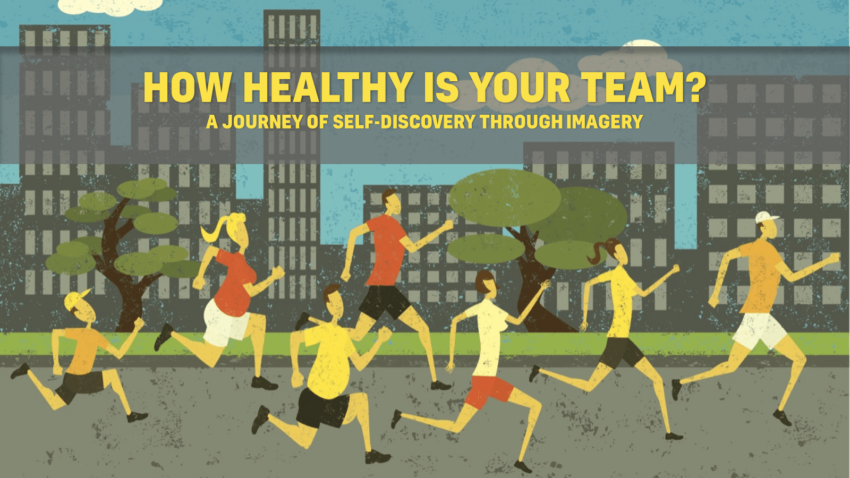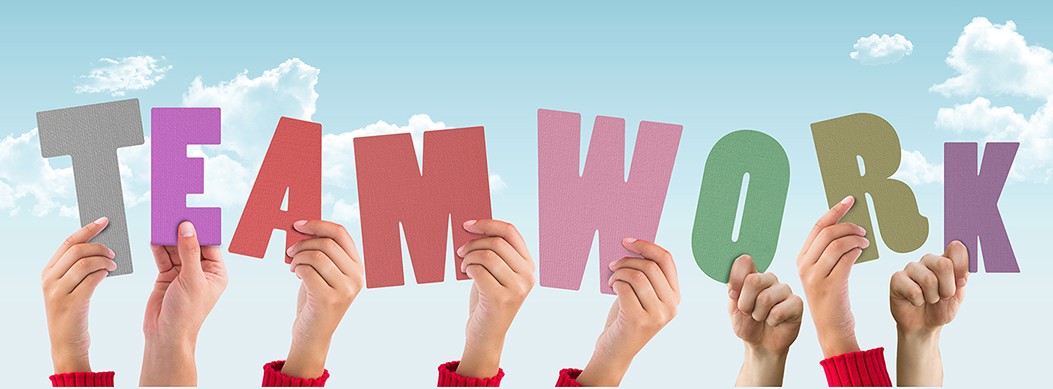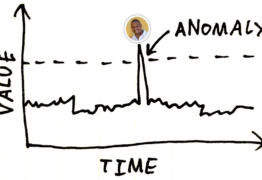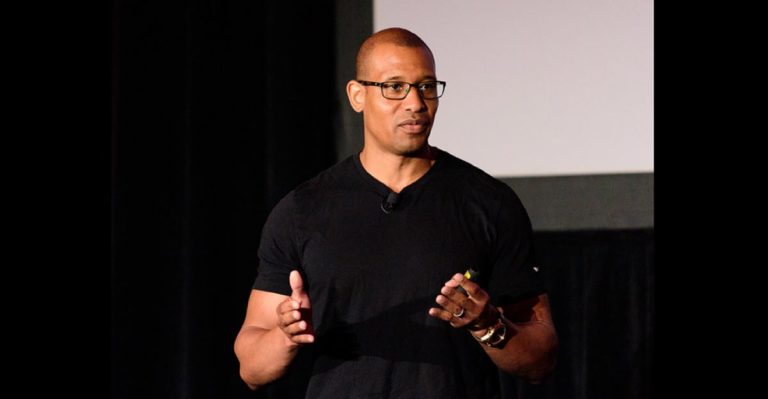Do you have a healthy team culture? Give this training regimen a try to find out!
How Healthy is your Team?
An Ironman Triathlon is the ultimate test of endurance. Participants aim to finish 140.6 miles of three sequential events involving swimming (2.4 miles), cycling (112 miles), and running (26.2 miles).
Imagine if your organization was challenged to participate in an Ironman Triathlon. Would they need months to prepare dreading the training regimen or be mentally and physically conditioned for the race?
At times, the workplace itself can seem like the ultimate test of endurance and if the Ironman Triathlon were a metaphor for workplace challenges, as a leader, you have to ask yourself…
“How healthy is my team?”.
The Backstory

2017 was a challenging year for my career as a leader. In the first two quarters I got hit with the TIC.
What is the TIC?Simplyput, it’swhen you have to manage:
- Team Attrition
- Increase in Scope & Responsibilities
- Coaching & Mentoring of unseasoned talent
All while dealing with the pressures of delivering top company objectives, maintaining a high performing team, and ensuring a healthy culture.
(Let’s just say things were a bit overwhelming for me last year).
The aftermath of the TIC spread across my organization and I started noticing unhealthy behaviors forming within my teams.
These behaviors ultimately became my organization’s Ironman Triathlon.
Event #1: Unhealthy Communication
- Misrepresentation of information from top/down and bottom/up
- Clarity on product vision, strategy, and scope
- Clarity on business / customer impact
Event #2 Unhealthy Management / Associate Relationships
- Managers were uncomfortable giving constructive feedback
- Managers were not providing clear roles and responsibilities within their teams
- Micro-management
- Associates did not have clarity on career growth opportunities
- Associates felt underutilized
Event #3 Unhealthy Inter-Team Behavior
- Low confidence of an individual’s ability to deliver
- Finger pointing
- “I can do it myself” mindset
- Emotion based decision making
These behaviors were toxic to the overall culture and I needed a way to get my team back in a high performing mode.
My solution: Images.
A Journey of Self-Discovery through Imagery
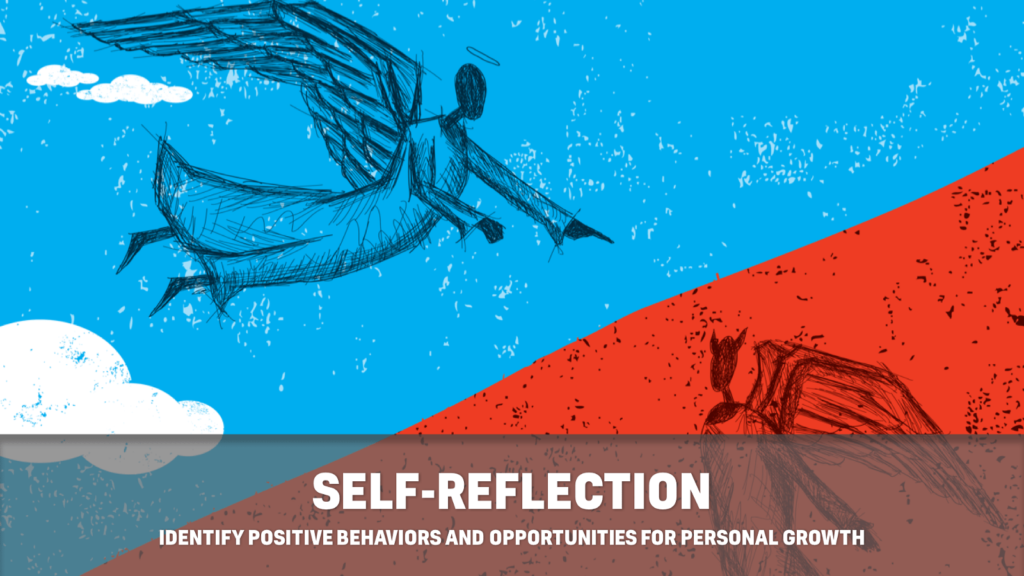
There are 4 core qualities I promote to help stimulate healthy behavior within my teams. I realized that over time these qualities had naturally degraded, causing frustration and chaos across my organization.
I wanted to take a unique approach to address this issue, so I found images that best represented each of the 4 core qualities and challenged each associate to use their interpretive and critical thinking skills to encourage self-reflection and individual leadership.
The Training Regimen
Below are the 4 images I shared with my organization. There were 3 parts to the exercise:
- High-level Analysis: What was your initial reaction to the image.
- Deep Analysis: Did your interpretation differ from mine (see image caption)? What other conclusions could be drawn from the image?
- Offline Analysis: Thought provoking questions for self-reflection and individual growth.
Take a moment to review and self-reflect on the meaning of each image from a company, team, and individual perspective.
Bow and Arrow, Two People, and an Apple

High-level Analysis:
- What does this picture represent to you in one word?
- Why did you choose that word?
- What from the image resonated with you?
Deep Analysis:
- Do you relate to the caption statement?
- Who is trusting who in this picture?
- What role does trust play between manager and associate?
- What examples can your share about a positive or negative experience regarding trust in the workplace?
Offline Analysis:
- When a task is assigned, do you trust it will get completed 100% on time with quality?
- When feedback is given, do you trust it will be well received and improvements will be made?
- Do you trust you will get feedback from peers and leaders as part of your path towards career growth?
- Do you trust in your own abilities to accomplish a task? If not, do you trust you can get help if needed?
A Lion and its Tamer
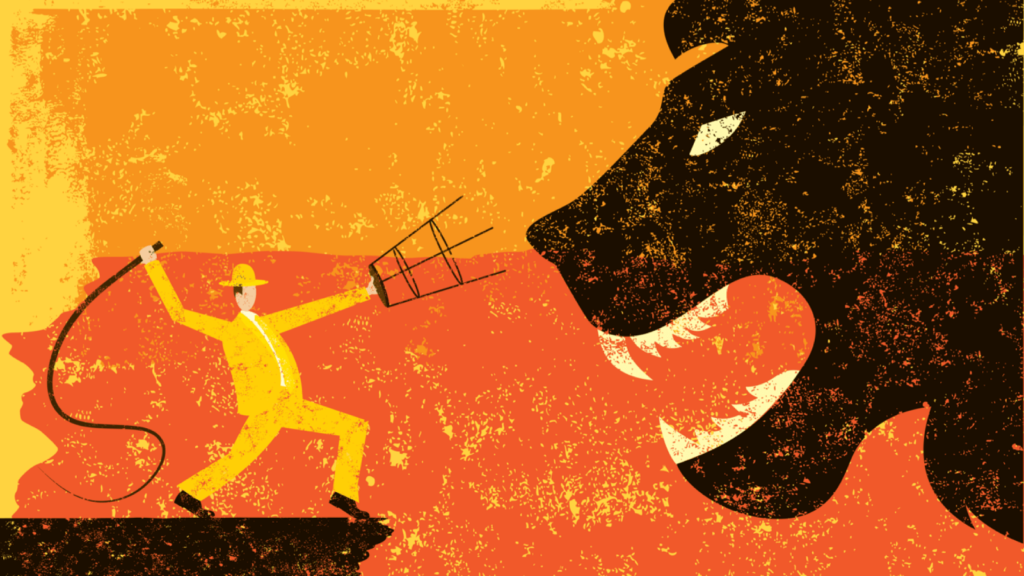
High-level Analysis:
- What does this picture represent to you in one word?
- Why did you choose that word?
- What from the image resonated with you?
Deep Analysis:
- Do you relate to the caption statement?
- What types of fear could the lion represent?
- The whip and chair are tools to defend against the lion. Symbolically, what techniques can be used to overcome personal fear?
- What are ways you can build confidence in your associates?
Offline Analysis:
- Have you ever questioned why something is being done but never spoken up in fear of being judged?
- Have you allowed fear to hold you back from reaching a personal goal or major accomplishment?
Four People, a Gap, and a Goal
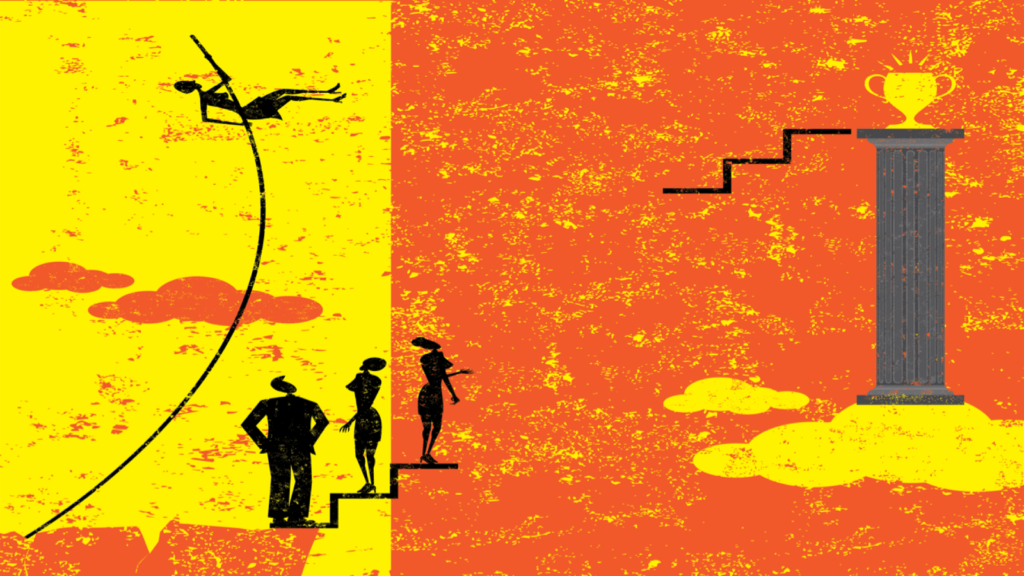
High-level Analysis:
- What does this picture represent to you in one word?
- Why did you choose that word?
- What from the image resonated with you?
Deep Analysis:
- Do you relate to the caption statement?
- From a collaboration perspective, what conclusions can you draw from this image (i.e., team effort in reaching the goal, individual taking a risk, leader leading by example)?
- When you look at the image did you assume the person reached the goal or failed?
- How would we treat this situation differently if the end result was failure from the perspective of: team collaboration, individual contributor, leader.
Offline Analysis:
- Do you or your team consistently find yourselves stuck down a single line of thinking to solve a problem?
- As a leader have you built a culture where failure is seen as a learning experience? If not, why? If so, how?
- Do you have a culture where other’s feedback is valued?
- With any project, ask the question: How can we fail? By answering this question, you will be prepared to succeed.
A Line Graph and a Team

High-level Analysis:
- What does this picture represent to you in one word?
- Why did you choose that word?
- What from the image resonated with you?
Deep Analysis:
- Do you relate to the caption statement?
- What could the line graph represent in this image?
- What do you notice about each individual in the picture?
- How important are clear roles and responsibilities toward the success of a project?
- How do you think effective communication and support play in the success of achieving a goal?
Offline Analysis:
- At your job, do you feel everyone plays their part towards ensuring the success of the project or tasks? If not, how do you resolve that?
- Is there a sense of respect, transparency, and honesty, when something goes wrong or when help is needed?
- What does teamwork mean to you? Do you see those attributes demonstrated within your organization?
Conclusion

The exercises above helped reestablish the values of trust, confidence, perspective, and accountability acrossmy teams.
As a result, my organization delivered on 90% of their yearly objectives, out performing their achievements from the first half of the year.
Now, by no means are we perfect. We are a work in progress. But similar to any training regimen, consistency builds stamina towards achieving higher results.
As leaders, we should strive to learn from each other. I’d love to hear your thoughts. Please share your personal interpretation of the images and the 4 core qualities that create your heathy team culture.

